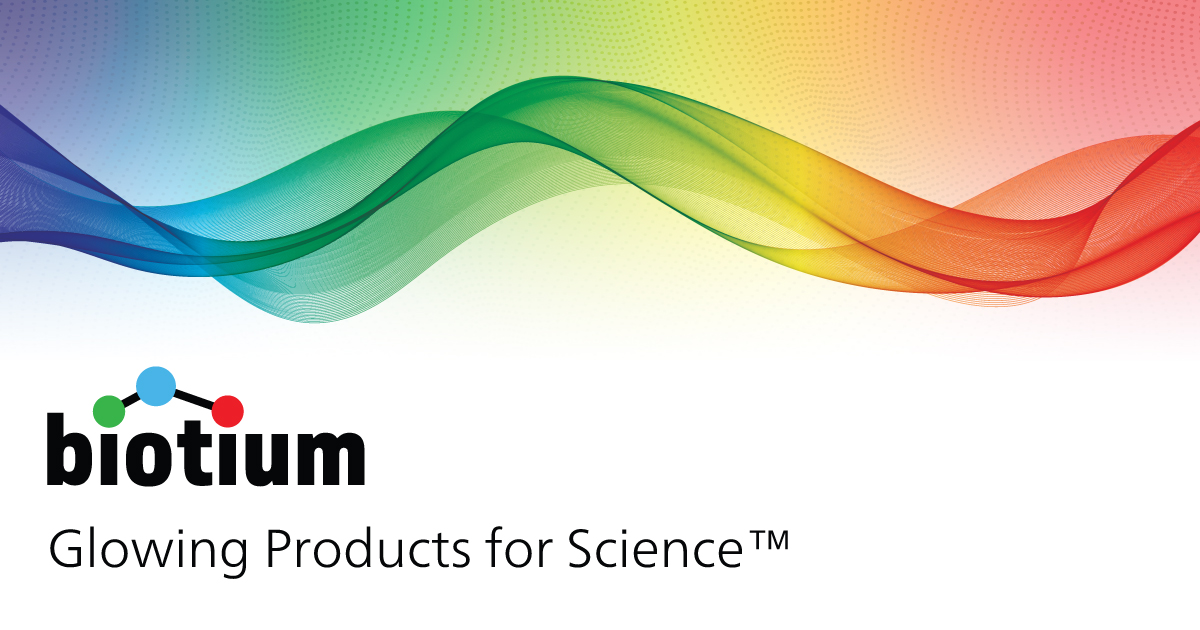Does anyone have experience with quantifying very low input DNA amounts, specifically amounts that are less than 5pg/ul?
Currently we still prepare libraries on zero quant. amounts with varying amounts of success. This means that in some cases our initial quant. was actually zero and we just wasted a bunch of time sequencing kit. In other cases our sample did sequence even though it had a quant. of zero...meaning it was below the 9pg-5pg range that we can currently detect.
We are currently testing know DNA diluted down (serial dilutions) along with other samples of unknown low concentration. We are trying any assay we can think of including Qubit and qPCR. If anyone has any tips or insight it would be greatly appreciated!
Currently we still prepare libraries on zero quant. amounts with varying amounts of success. This means that in some cases our initial quant. was actually zero and we just wasted a bunch of time sequencing kit. In other cases our sample did sequence even though it had a quant. of zero...meaning it was below the 9pg-5pg range that we can currently detect.
We are currently testing know DNA diluted down (serial dilutions) along with other samples of unknown low concentration. We are trying any assay we can think of including Qubit and qPCR. If anyone has any tips or insight it would be greatly appreciated!


Comment